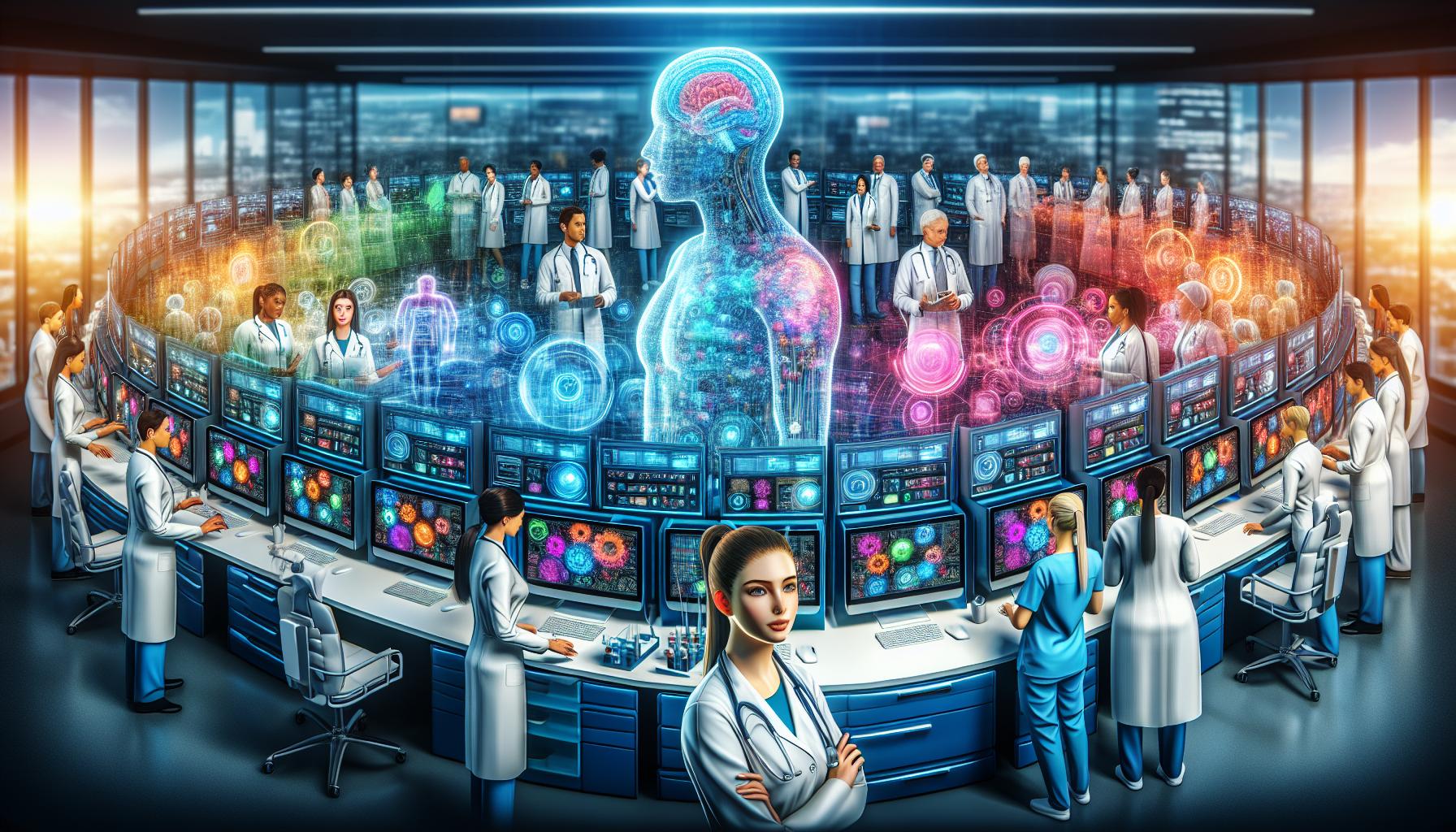AI Revolutionizes Data Extraction and Structured Formats in Healthcare
Artificial intelligence (AI) is revolutionizing the way data is extracted and structured in the healthcare industry. Bevey Miner, executive vice president of health care strategy and policy at Consensus Cloud Solutions, explains how extraction AI is training machine learning models to recognize and extract valuable information from documents, providing structured data along with confidence scores.
Traditionally, healthcare organizations face challenges in processing and managing unstructured data. Documents such as faxes, scanned images, and TIFF images are difficult to handle due to their lack of structure. This results in the need for manual data entry, which can be time-consuming and prone to errors. However, extraction AI offers a solution by automating the process of extracting data from these documents and transforming them into structured formats.
Overcoming Challenges in Healthcare with Extraction Artificial Intelligence
Healthcare organizations often struggle with limited resources and the need to comply with evolving standards. Manual data entry tasks, such as inputting patient demographics, can be particularly burdensome for healthcare professionals. The shortage of skilled staff further exacerbates this challenge. Extraction AI provides a viable solution to these challenges by reducing the need for manual data entry and allowing healthcare workers to focus on patient care.
The Role of AI in Shaping Digital Health Strategy: A Closer Look
Emerging technologies, such as AI and large language models, play a crucial role in shaping digital health strategies. One of the main objectives of digital health is to enable the consumption, sending, and receiving of structured data. This structured data, usually in the form of HL7 FHIR or X12 messaging, allows for interoperability between healthcare systems. However, unstructured data in the form of documents poses a significant hurdle in achieving this objective.
Extraction AI bridges the gap between unstructured and structured data in healthcare. By training machine learning models to recognize and extract relevant fields from documents, healthcare organizations can convert unstructured data into structured formats, thus aligning with the latest data standards.
Understanding the Differences: Intelligent Document Extraction vs. Generative AI
When discussing AI, it is important to distinguish between two types: intelligent document extraction and generative AI. While generative AI generates new content based on prompt questions, intelligent document extraction focuses on recognizing and extracting information from documents using machine learning.
Intelligent document extraction AI can contextualize information in a document and identify entities such as names, diagnoses, or even handwriting notes. This type of AI is trained to understand forms and convert them into structured data. It provides a reliable and accurate way to extract information, ensuring that the data remains trustworthy.
Generative AI, on the other hand, raises concerns in terms of data reliability. It involves large language models crunching through content without a source of truth. There is a risk of the so-called “hallucination effect” where the AI generates information that is not supported by any reliable source. Extraction AI, with its focus on structured data and confidence scores, offers a safer and more reliable approach.
Extraction AI: Providing Confidence and Structured Data in Healthcare
One of the key advantages of extraction AI is the ability to provide confidence scores for each field of extracted data. Consensus Cloud Solutions’ clarity solution, for example, assigns confidence scores to each piece of information extracted from a document. These scores allow healthcare organizations to evaluate the reliability of the data and make informed decisions on whether human intervention is necessary.
By setting certain confidence thresholds, healthcare systems can balance automation and human review. Critical information with high confidence scores can be directly integrated into patient charts, while information with lower scores may require further review by healthcare professionals.
Extraction AI presents a game-changing technology for healthcare organizations, allowing them to overcome resource limitations and comply with evolving standards. By automating the extraction and structuring of data from unstructured documents, extraction AI empowers healthcare professionals to focus on what matters most: delivering quality care to patients.
Analyst comment
Positive news: AI revolutionizes data extraction and structured formats in healthcare.
As an analyst, the market for extraction AI in healthcare is expected to grow rapidly. Healthcare organizations will increasingly adopt this technology to overcome challenges in processing unstructured data and improve efficiency. Extraction AI will enable healthcare professionals to focus more on patient care, leading to better outcomes. The market for extraction AI is expected to expand as more healthcare organizations recognize its value and benefits.













